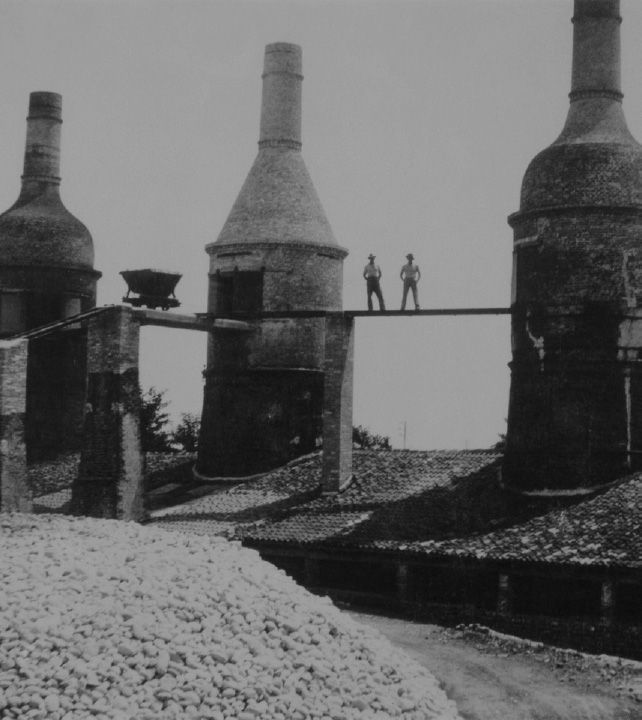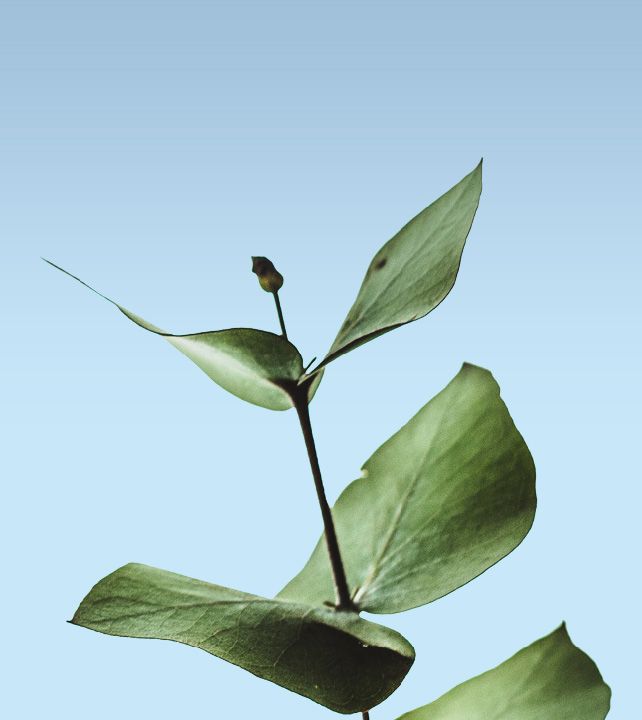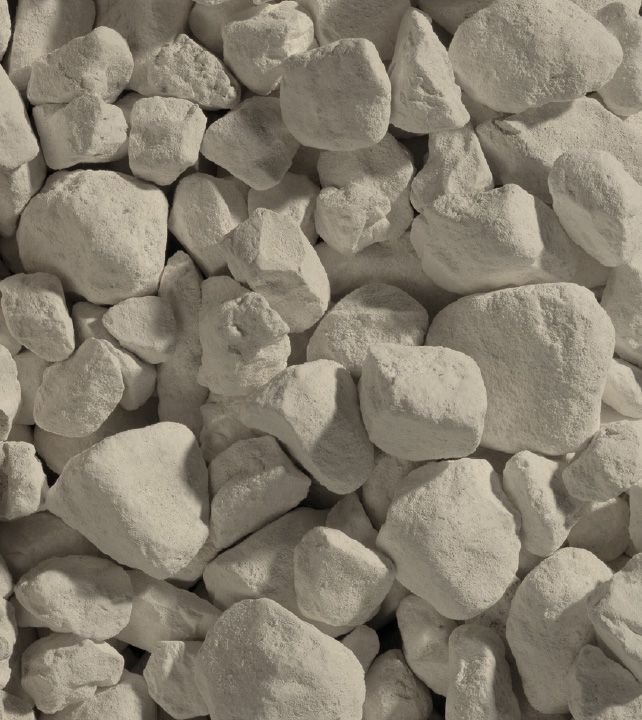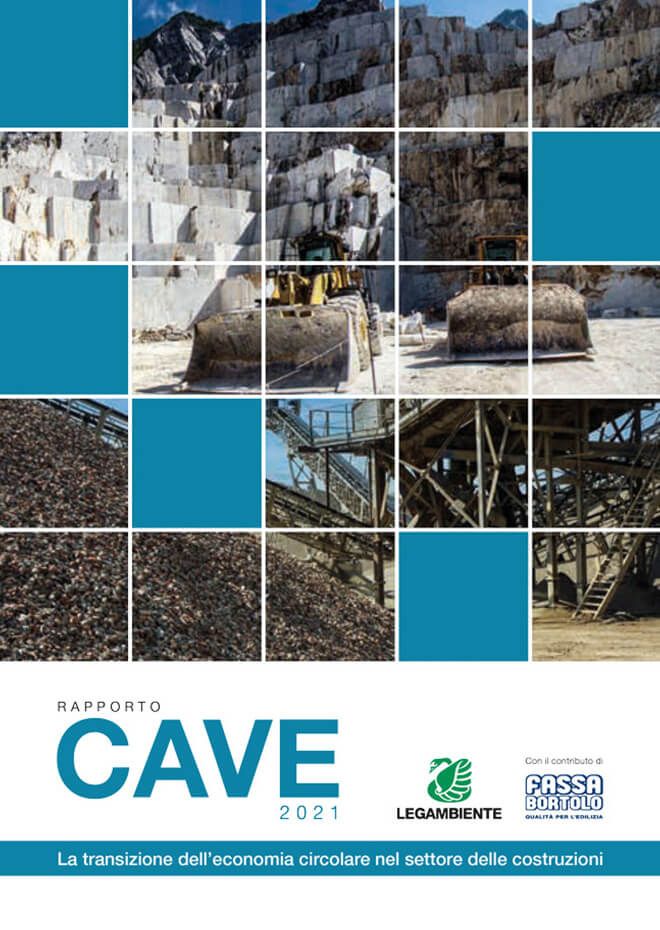and the environment

Lime:
a natural material, the element of life
Lime is life. And today, lime production still represents an important investment project for Fassa Bortolo, enabling it to cover the entire lime market in all of its many industrial applications, such as the steel industry, construction, ecology, agriculture, etc.
To guarantee excellence in every field of application, lime is subjected constantly to the strictest controls, from the meticulous selection of the purest part of the raw material to the constant monitoring throughout the lime production cycle from the quarry to the end customer.
All our kilns use a biomass fuel. This, combined with the burning method developed by our technicians, enables us to produce calcitic and dolomitic lime of high purity and reactivity.
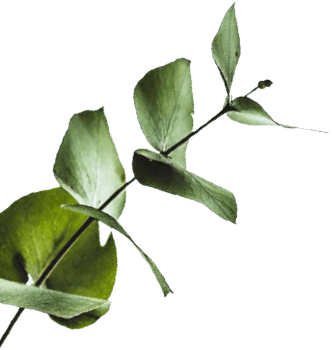


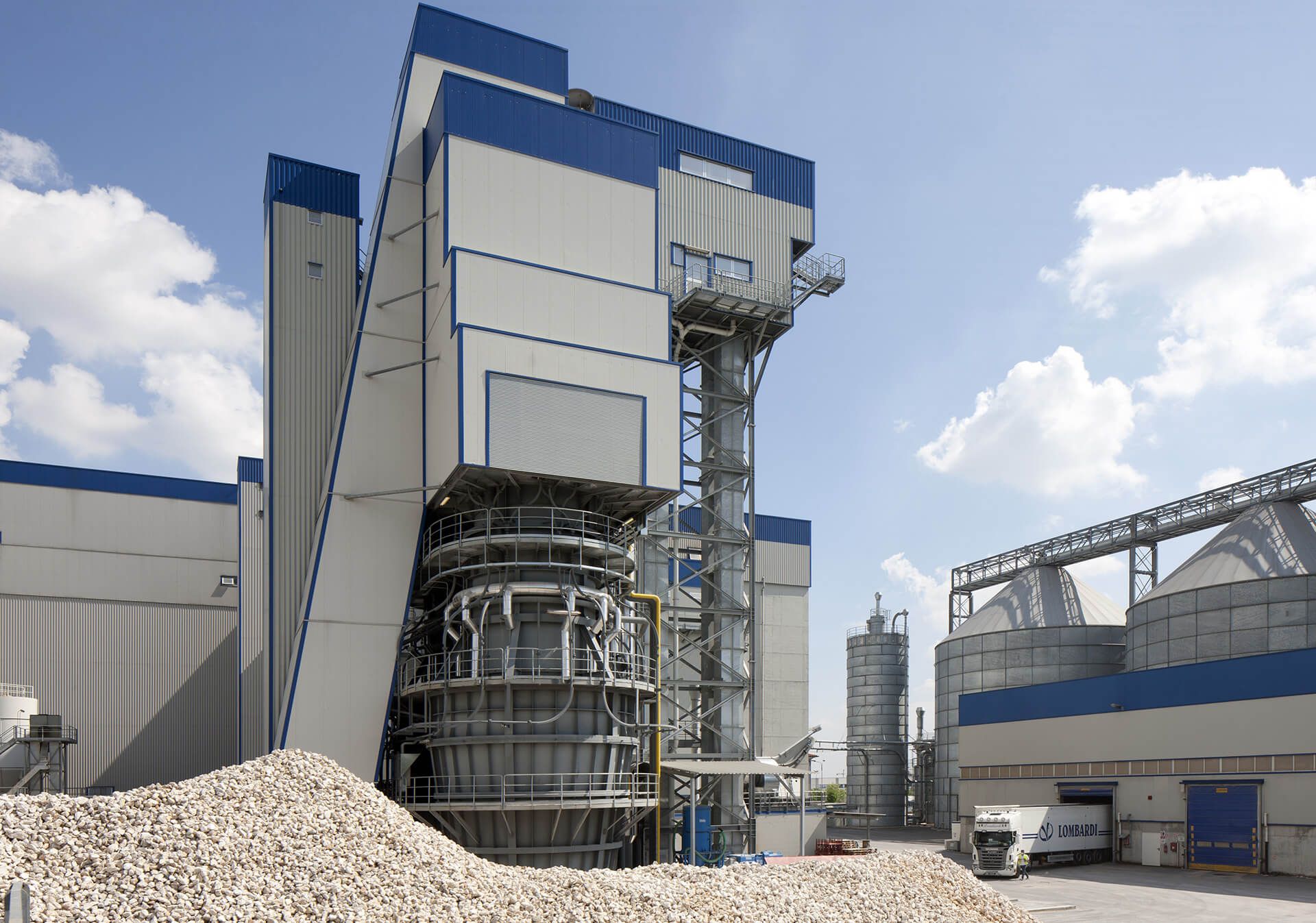
The production process:
from extraction
to the end product

In our opencast quarries, we only use the most advanced quarrying technology. Meaning we care for the local territory and the environment, as well as the health of our workers.
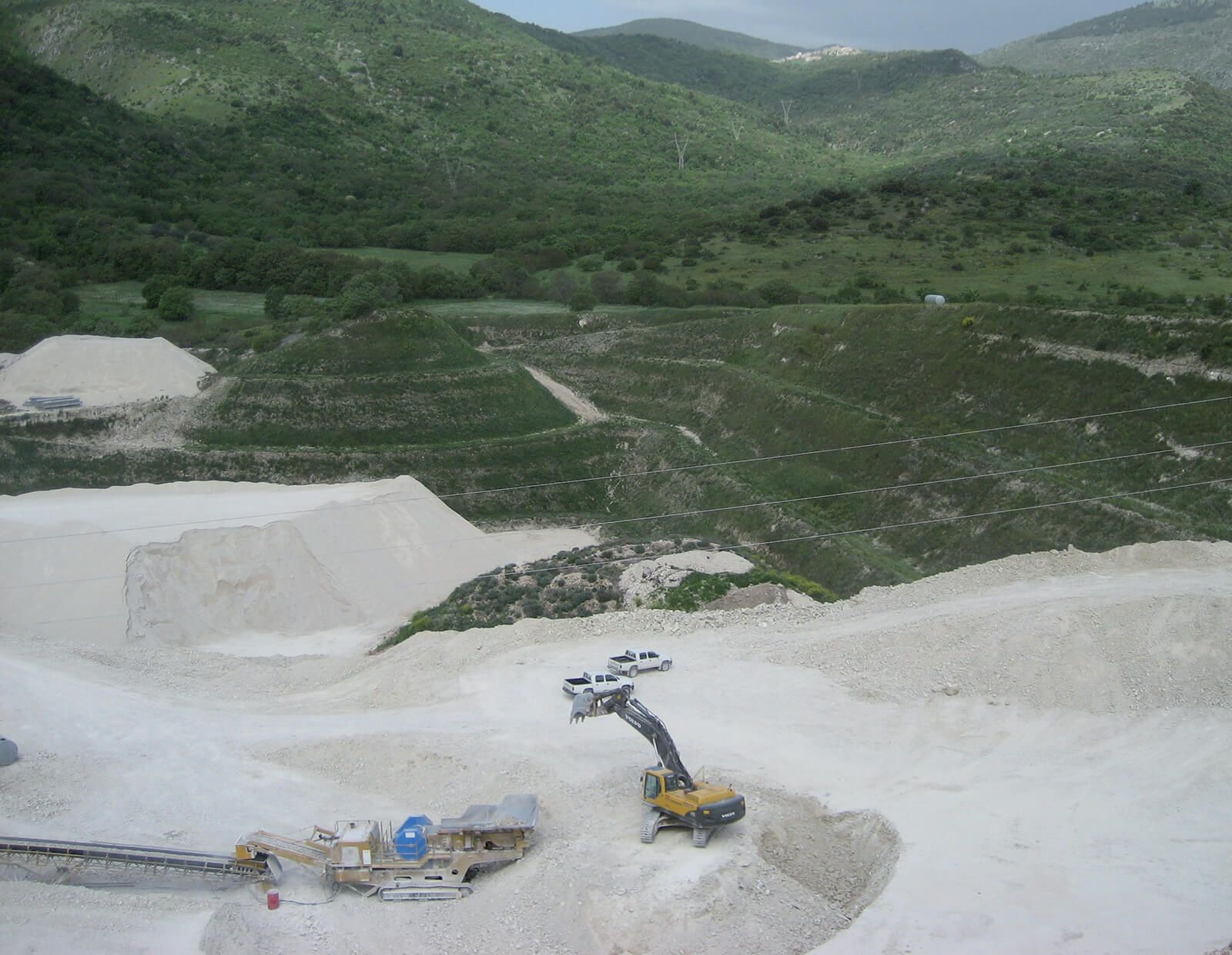
When designing a quarrying operation, the needs of the local territory have to be considered, ensuring environmental compatibility of operations at all stages.
Quarry report
by Legambiente
Fassa Bortolo has been selected as an example of good practice in extraction operations because it carries out the activities needed to achieve the best environmental remediation in all its quarries and plans these activities from the design phase of the quarries themselves.
the former
“Gessi” quarry
in Moncalvo (Asti)
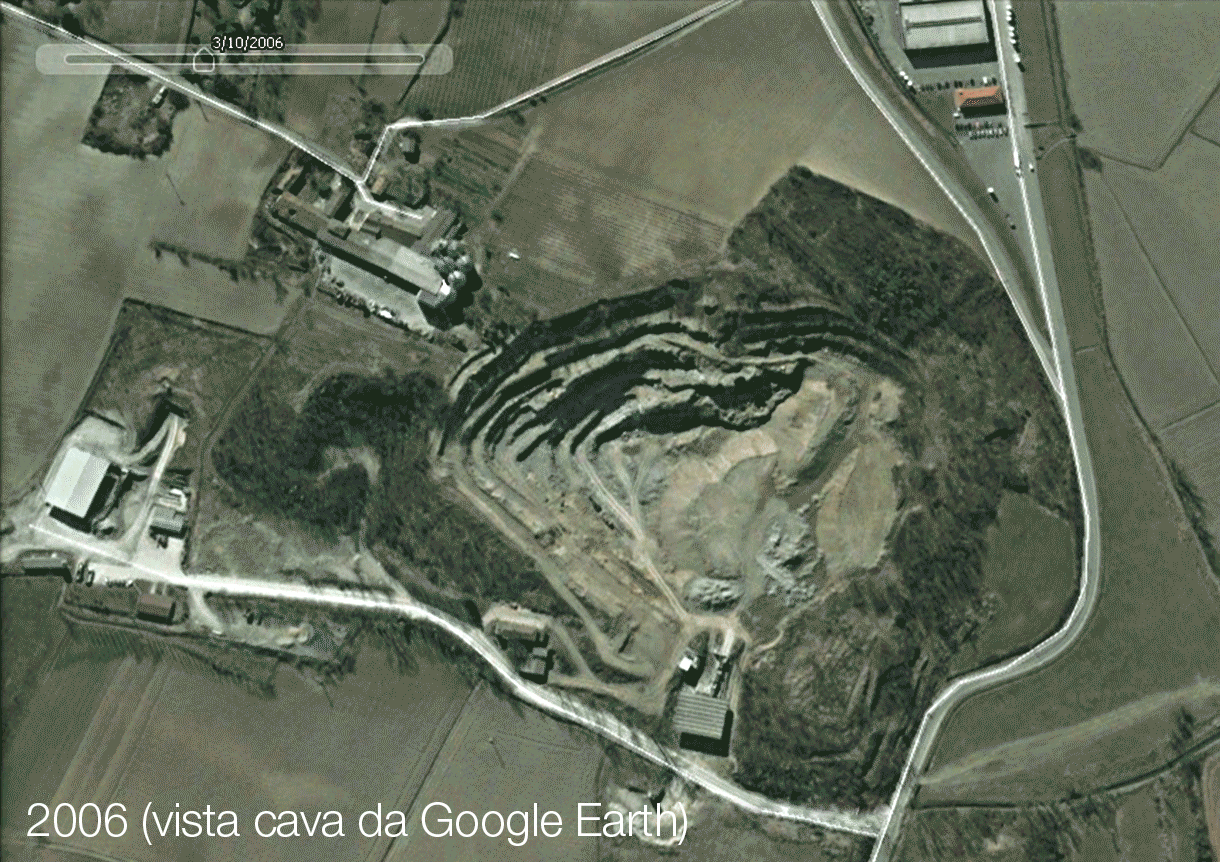
the former
“Gessi” quarry
in Moncalvo (Asti)
One of the examples of good extraction practice and area restoration cited by Legambiente is the former “Gessi” quarry in Moncalvo (AT), acquired Fassa Bortolo in 2000.
The quarry, previously opencast and exploited by other activities, has undergone major environmental remediation. Today, the area appears completely re-landscaped and reveals a gentle morphology with widespread, uniform grass cover over the entire surface. The planting of trees and bushes in 2016 contributed to the vegetation recovery process and has established vegetation similar to that of the surrounding hills.
The phases of
lime production
The lime cycle is crucial to the many applications of this material and enables us to convert the limestone, a basic resource extracted from quarries, into a family of heterogeneous products that include quicklime, hydrated lime and the suspension of lime in water (milk of lime).
The lime cycle:
carbonatation

A study from the Milan Polytechnic University, commissioned by the European Lime Association, of which Fassa is an active member, found that approximately 33% of the CO2 emitted during lime production is captured by carbonatation during the various applications; this could reach 40% with the use of special techniques.
Environmental Product Declaration (EPD)

In keeping with the company’s green vision, a Life Cycle Assessment (LCA) was carried out for the lime. This LCA enables the life cycle of the products to be studied objectively, from production of the raw materials to delivery of the products to the customer.
C.F./P.IVA 02015890268 / Cap. Soc. € 50.000.000,00 / Reg. Impr. TV 02015890268
T +39.0422.7222 F +39.0422.887509
